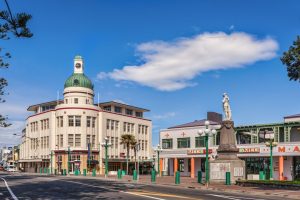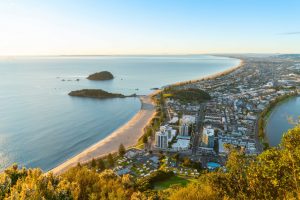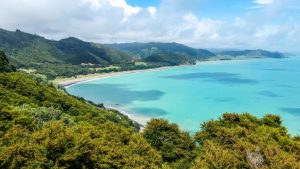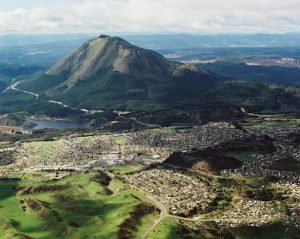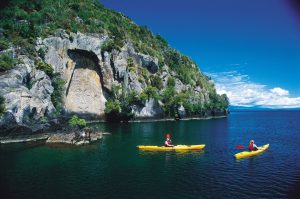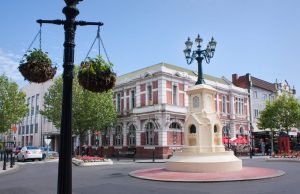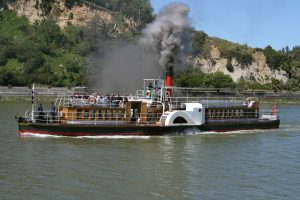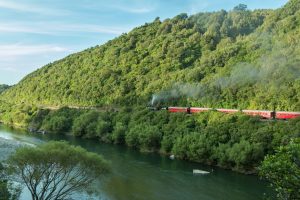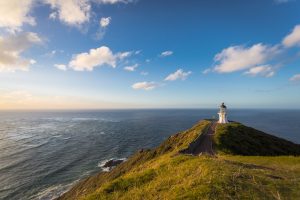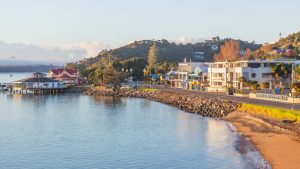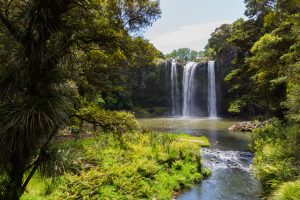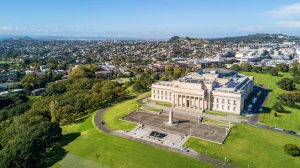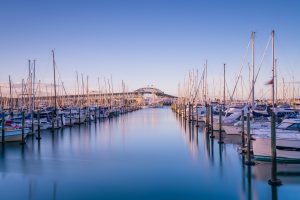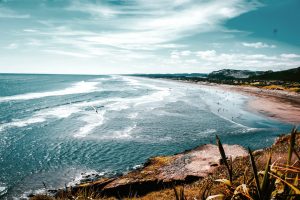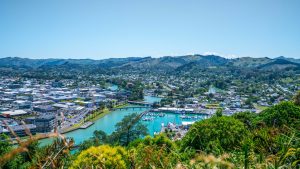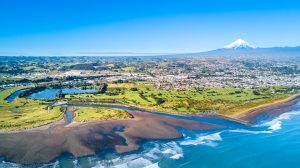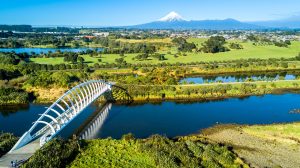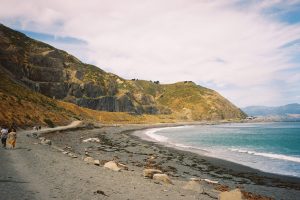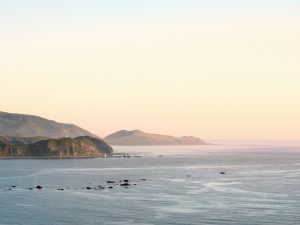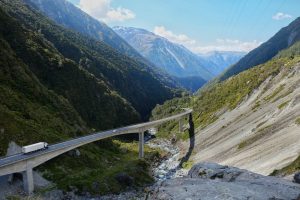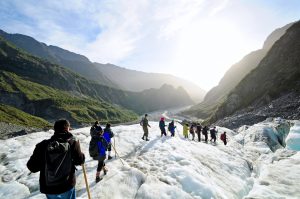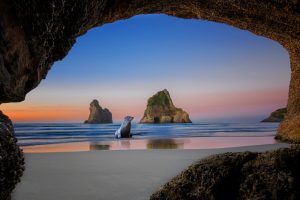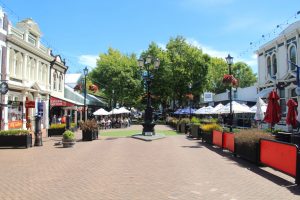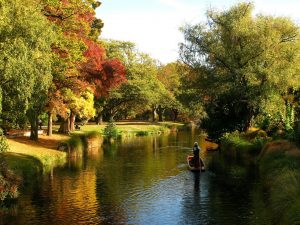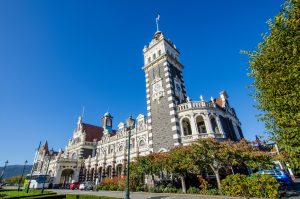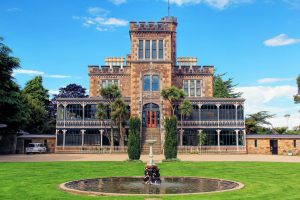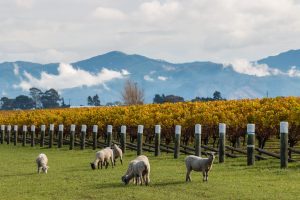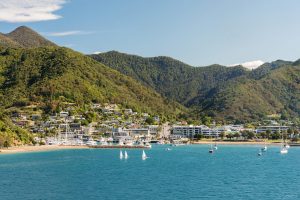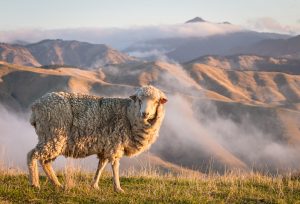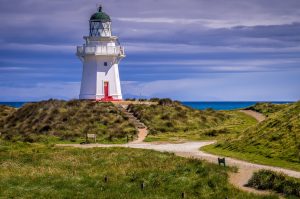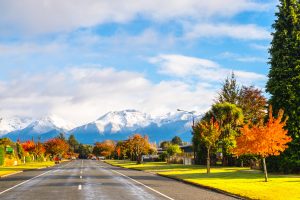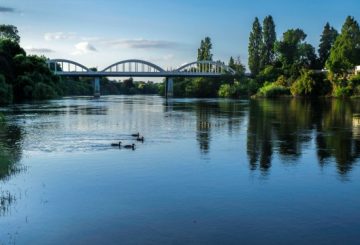Animal Bylaws
Purpose
The Consolidated Bylaw 2008: Part 2 – Animals, gives effect to, and gives legal powers to enforce, the Dog Policy 2016. It also sets requirements for the keeping of animals, to protect the public from nuisance, and to maintain and promote public health and safety and safeguard the welfare of animals.
This bylaw is made under Sections 145 and 146 of the Local Government Act 2002, Section 20 of the Dog Control Act 1996 and Section 64 of the Health Act 1956. The Animal Welfare Act 1999 should be read in conjunction with this bylaw.
1. Definitions
In this bylaw:
Animal has the meaning defined in the Animal Welfare Act 1999 and means any live member of the animal kingdom that is a mammal, bird, bee, or any other member of the animal kingdom that is declared from time to time by the Governor-General, by Order in Council, to be an animal.
Authorised Officer means any person appointed or authorised by the Council on its behalf.
Domestic animal means any animal (including a bird or reptile, but excluding bees) kept as a domestic pet; any working dog; any other animal kept by any person for recreational purposes or for the purposes of that person’s occupation or employment.
Nuisance refers to the dictionary definition (a person, thing, or circumstance causing trouble or annoyance; anything harmful or offensive to the community or a member of it and for which a legal remedy exists) or to a statutory nuisance as defined in Section 29 of the Health Act 1956.
Poultry means domestic fowls kept for the eggs they produce, their meat, their feathers, or sometimes as pets.
Public place has the meaning defined in Part 1 of the bylaw and means a place that, at any material time, is open to or is being used by the public, whether free or on payment of a charge, and whether any owner or occupier of the place is lawfully entitled to exclude or eject any person from that place; and includes any aircraft, hovercraft, ship or ferry or other vessel, train, or vehicle carrying or available to carry passengers for reward.
Rural area means any area zoned “Rural” in the Council’s Operative District Plan.
The Act means the Dog Control Act 1996.
Urban area means any area that is not zoned “Rural” under the Council’s Operative District Plan.
2. Activities that require Council permission
2.1 The process to grant Council permission for anyone to carry out the activities set out below is outlined in Part 1 (Introduction) of the Consolidated Bylaw 2008. Council permission may be granted subject to any conditions the Council sees fit.
2.2 The following activities will require the Council’s prior written permission:
2.2.1 Animal establishments
a. Establishing or maintaining any animal boarding establishment, including dog day care services.
b. Establishing or maintaining a pet shop, animal hospital, or refuge centre for the keeping, selling, or treating of animals that also operates a business as a boarding establishment.
2.2.2 Bringing a domestic animal, other than where this is permitted under the Dog Policy, into areas classified as a beach area (restricted during summer), controlled public place, exercise area (specified times), prohibited public place, prohibited place (specified times) for special events.
3. General conditions of keeping animals
3.1 All animals shall be kept in a manner that is not, or is not likely to become, a nuisance, dangerous, offensive, or injurious to health.
3.2 All animals shall be kept in a manner that ensures they have adequate physical well-being through acceptable nutrition, environmental, health and behavioural stimulus, and adequate mental well-being.
3.3 All domestic animals, other than domestic cats, found at large and not within their owner’s property may be seized and impounded by an authorised officer.
3.4 The Council may sell, re-home or otherwise dispose of any animal seized and impounded under clause 3.3 that has not been claimed or returned within 7 days after it was seized and impounded.
3.5 Feeding animals
3.5.1 Feeding of animals can attract rats or other vermin or cause excessive fouling to public places. No animals (excluding dogs) are to be fed in public places, except for in designated areas, or with prior written permission from the Council.
3.5.2 Areas for feeding will be clearly signposted. In assessing an application to feed animals, the Council will consider the following factors:
a. whether the activity is likely to attract vermin or create public health issues
b. whether the activity is likely to cause nuisance, or adversely impact wildlife.
4. Cats
The bylaw on microchipping cats was passed at the Environment Committee on 4 August 2016. The bylaw will come into place in early 2018, giving owners 18 months to meet the new requirement for cats to be microchipped.
4.1 All domestic cats over the age of 12 weeks must be microchipped and the cat’s microchip registered with New Zealand Companion Animal Register. For more information, see: New bylaw on microchipping cats
5. Dogs
5.1 Interpretation (dogs)
Beach exercise areas means beach areas where dogs can exercise off-leash.
Beach areas restricted during summer means areas where dogs are prohibited from 10am to 7pm every day during summer (from 1 December until 1 March the consecutive year). These areas are classed as controlled public places where dogs can be on-leash before 10am and after 7pm in summer and on-leash at all times in winter.
Controlled public place means any area where dogs are allowed as long as they are on-leash and under the control of their owner.
Disability assist dog means a dog trained (or in training) to assist a person with a disability as defined under the Act, including any guide dog, hearing ear dog, or companion dog.
Exercise area means any area where dogs are allowed off-leash under the control of their owner.
Exercise area (specified times) means areas where dogs are allowed off-leash before 10am and after 7pm in summer (from 1 December until 1 March the consecutive year) and off-leash at all times in winter.
Leash means a strap or chain attached to a collar or harness on the dog, sturdy enough to ensure that the dog is restrained and controlled by the person using the leash.
Owner has the meaning as defined under the Act including every person who owns a dog; or has a dog in his or her possession, or the parent or guardian of a person under the age of 16 years who owns a dog.
Prohibited public place means any area where dogs are not allowed at any time, on or off-leash.
Prohibited place (specified times) means where dogs are prohibited during the times specified.
Working dog means any dog that works for the Government, the Police, is a disability assist dog, or is part of commercial activity.
5.2 Activities that require Council permission
The following activities will require the Council’s prior written permission:
5.2.1 Keeping more than three dogs
No household (other than those in a Rural area) may keep more than three dogs in total, unless given prior written permission by the Council. Permission will be required for more than three dogs over the age of 3 months, whether or not the dogs are registered or the owner/occupier is the registered owner of the dogs.
5.2.2 On application, dog owners will have to pay the associated fee for permission to keep more than three dogs on a property.
5.2.3 In assessing an application under clause 5.2.1 the Council will consider the impact granting Council permission will have on the amenities of the neighbourhood. The Council’s permission may be subject to any terms, conditions and restrictions it thinks fit, including:
a. specifying the number of dogs that may be kept on the premises at any one time
b. specifying the duration of the Council’s permission
c. restrictions as to the purpose for which the dogs may be kept
d. provision for the dogs’ hygiene, control, confinement and regular inspection
e. provision for the protection of other persons or property from being affected in any way by the dogs.
5.3 Dog nuisances
5.3.1 If, in the opinion of an authorised officer, any dog or the keeping of any dog on any premises has become, or is likely to become, a nuisance, injurious or hazardous to health, property, or safety, the officer may require the owner by written notice to:
a. reduce the number of dogs kept on the premises
b. construct, alter, reconstruct or otherwise improve the kennels, fences or other buildings used to house or contain the dog
c. take such action as the authorised officer deems necessary to minimise or remove the likelihood of nuisance, hazard or injury to health, property or safety.
5.3.2 The owner must comply with any notice issued under clause 5.3.1 within the time specified in the notice.
5.4 Dog areas
5.4.1 The Council may, by publicly notified resolution, declare any public place to be one of the following classifications and may impose prohibitions and restrictions in respect of that area:
a. controlled public place
b. exercise area
c. exercise area (specified times)
d. beach exercise area
e. beach area (restricted during summer)
f. prohibited public place
g. prohibited public place (specified times).
5.4.2 Dogs not on private land must be on-leash and under the control of their owners at all times, unless in a designated off-leash area (where they can be off-leash, but still need to be under the control of their owner).
5.4.3 Dogs are permitted to enter any cemetery controlled by the Council, provided that:
a. this part of the bylaw is complied with
b. the dog is under the control of its owner and on-leash at all times.
This clause is made pursuant to the Burial and Cremation Act 1964.
5.4.4 The owner of any dog will ensure their dog does not enter any public place contrary to any classification, prohibition or restriction imposed by the Council under clause 5.4.1.
5.4.5 The owner of any dog may keep their dog off-leash in any exercise area, exercise area (specified times), beach exercise area, or beach areas restricted during summer during the times specified in the resolution under clause 5.4.1.
5.4.6 Despite any restrictions imposed under clause 5.4.1, any working dog that is working at the time may enter a controlled public place without a leash if required and a prohibited public place, beach areas (restricted during summer) or a prohibited place (specified times) declared under clause 5.4.1.
5.4.7 The owner of any disability assist dog may keep their dog off-leash in a controlled public place, prohibited public place, beach areas restricted during summer, or a prohibited place (specified times) declared under clause 5.4.1.
5.4.8 Criteria to determine exercise areas
The criteria used to determine exercise areas for dogs include:
a. the area is not used extensively for sporting or other purposes
b. the area is of significant size and has appropriate access
c. there are sufficient sight lines
d. the area is well bounded from adjacent areas
e. no potential risk to other groups
f. new areas must be fenced if they are adjacent to a road.
g.
6. Other animals
6.1 Poultry
6.1.1 Poultry must be adequately contained within the owner’s property, so as not to cause (or be likely to cause) nuisance, offence or be injurious to health.
6.1.2 Activities that require Council permission
a. No roosters are to be kept in urban areas, unless written permission has been granted by the Council.
b. An owner or occupier of any property in an urban area may keep no more than 8 chickens (or other poultry) without the Council’s prior written permission. In assessing an application to allow more than 8 chickens (or other poultry), the Council will consider:
i. the number of poultry at the premises
ii.provision for the welfare, hygiene, control, and confinement of the poultry
iii.provision for the protection of other persons or property from being affected in any way by the poultry
iv. the size of the property and proximity to neighbours, and
v. any other factors it considers relevant.
The Council may impose whatever conditions it sees fit on any permission it issues.
6.2 Goats
6.2.1 Goats must wear an ear tag (an RFID tag or similar) or collar to indicate that they are not feral, so the owner can be traced if the goat is seized.
6.2.2 All goats kept within the city must be kept confined within their owner’s property.
7. Offences
7.1 Everyone commits an offence who:
a. keeps animals in a manner that is, or is likely to become, a nuisance, dangerous, offensive, or injurious to health
b. being the owner or having the care, custody, or control of any domestic animal, other than domestic cats, and does not confine it adequately to prevent it from straying on to any road or car park; trespassing on any land or reaching into or over any residential property or public place
c. injures any domestic animal in a public place and fails to render assistance
d. kills any domestic animal in a public place and allows it to remain in a public place
e. buries any animal carcass anywhere in the district in a manner that is or is likely to become a nuisance, injurious or hazardous to health or safety.
7.2 Every dog owner or person in possession of the dog at the time commits an offence who:
a. allows their dog to enter or be in a public place when it is infected with an infectious disease or is a bitch in season
b. does not immediately pick up and remove and/or dispose of their dog’s faeces when their dog defecates in any public place, or on land or premises other than that occupied by the dog’s owner
c. allows their dog (except a working dog that is working at the time) in a public place, unless it is controlled by a leash or unless allowed by resolution under clause 5.4.1.

